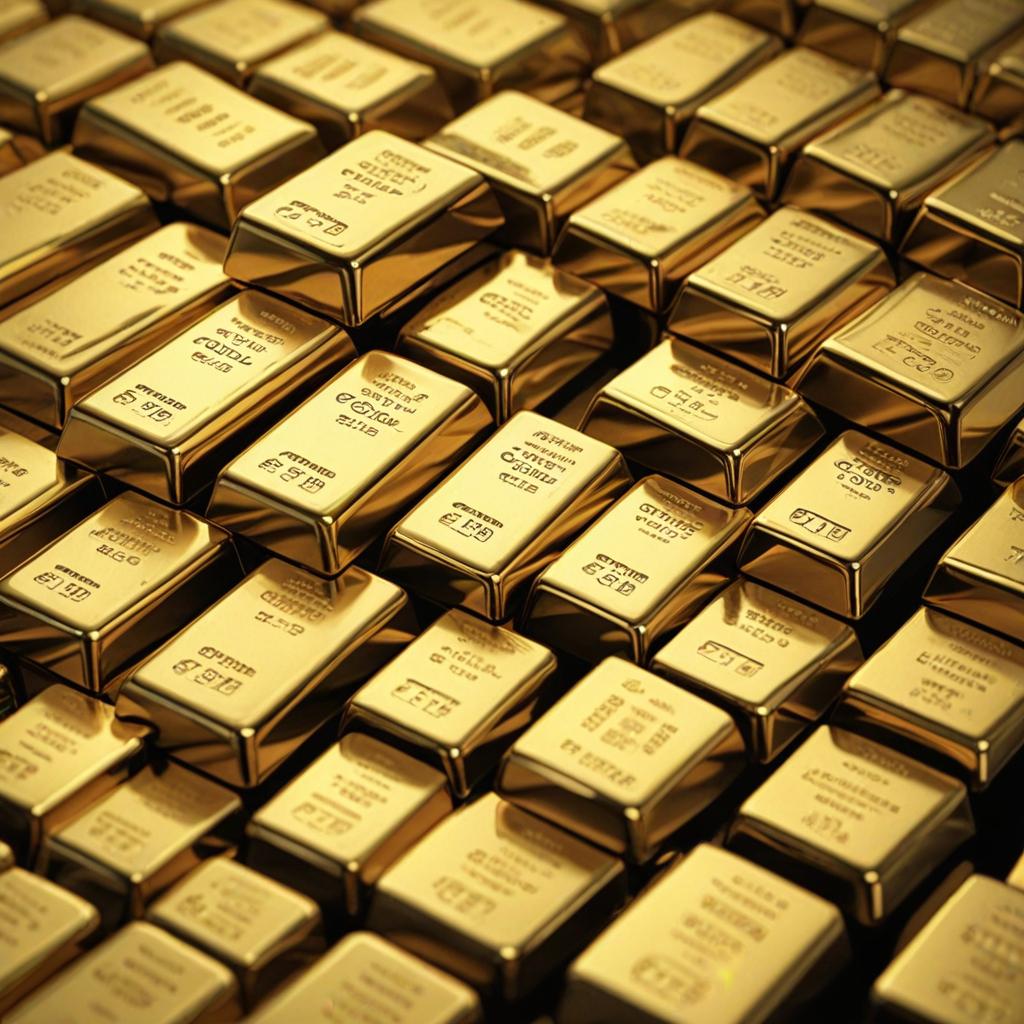

The Science Behind Gold Bullion Prices: Insights for Irvine Buyers
The Science Behind Gold Bullion Prices
In the world of investing, gold is often seen as a safe haven asset, particularly during times of economic uncertainty. This precious metal has been used as a form of currency and a store of value for centuries, and its appeal has only increased in recent years. But have you ever wondered why the price of gold fluctuates so often? Is there a science behind it? The answer is yes.
Understanding Supply and Demand
Like any other commodity, the price of gold is primarily determined by supply and demand. When demand for gold is high, prices will increase, and vice versa. But what influences demand for gold? One of the main factors is investor sentiment. When there is uncertainty in the economy or the stock market, investors tend to turn to gold as a safe investment. On the other hand, when the economy is stable and other investments are performing well, demand for gold may decrease. This constant fluctuation in demand has a direct impact on the price of gold.
The Role of Central Banks
Central banks also play a significant role in the gold market. These institutions hold a significant portion of the world's gold reserves, and their actions can directly influence the supply of gold. For example, when central banks start buying gold, the demand for this precious metal increases, and so does the price. On the other hand, when central banks sell off their gold reserves, the supply increases, causing a decrease in price.
Economic Indicators
Economic indicators, such as inflation rates and interest rates, can also have an impact on gold prices. When inflation rates rise, investors tend to flock to safe investments like gold, which can drive up demand and prices. Similarly, when interest rates are low, the opportunity cost of holding gold decreases, making it more attractive to investors. On the other hand, when interest rates are high, investors may opt for other investments that offer better returns, leading to a decrease in demand and prices of gold.
The Role of Fear and FOMO
Lastly, the psychological factor of fear and FOMO (fear of missing out) can also contribute to the fluctuation of gold prices. When there is a widespread fear of economic uncertainty, people tend to turn to gold as a safe investment, driving up demand and prices. On the other hand, when there is a hype or trend around investing in gold, FOMO can lead to a surge in demand and prices as investors rush to get in on the action. In conclusion, the science behind gold bullion prices is complex and multifaceted. It is influenced by supply and demand, central bank actions, economic indicators, and even psychological factors. As an Irvine buyer interested in investing in gold, understanding these factors can help you make informed decisions and navigate the ever-changing market. Remember, while gold prices may fluctuate in the short term, its value as a long-term investment remains strong.





